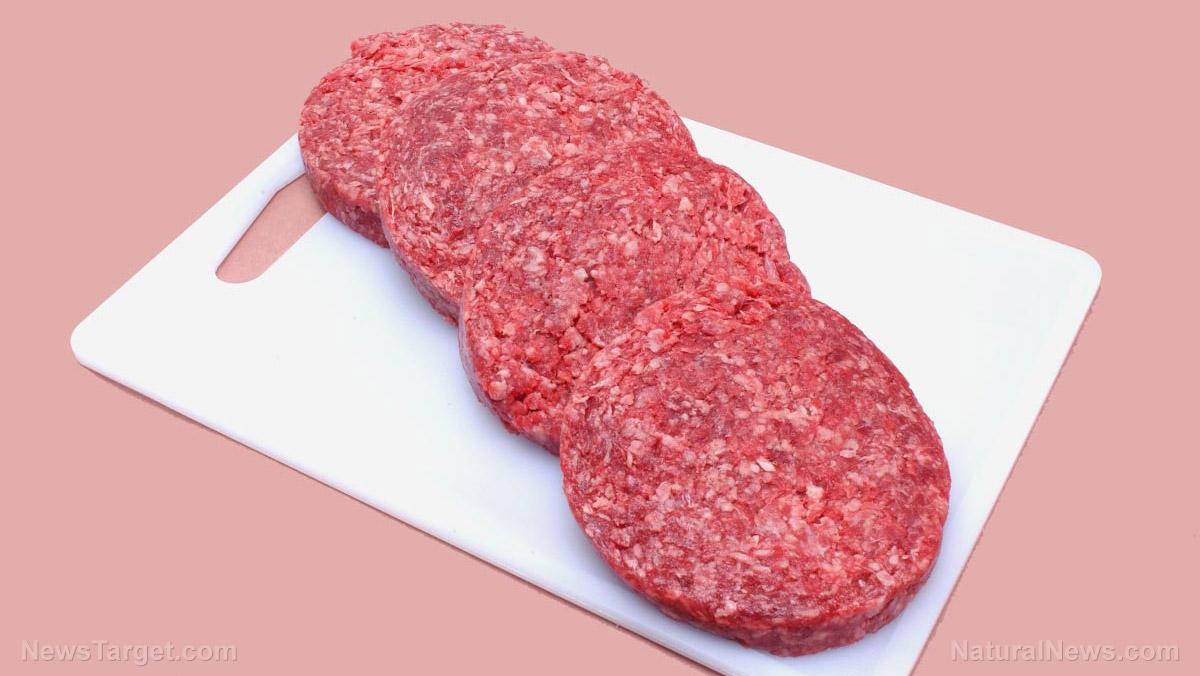
However, a study in CyTA - Journal of Food could change that: Researchers from the Miguel Hernandez University of Elche in Spain and the Autonomous University of Baja California, together with Mexico's Research Center for Food and Development, revealed that adding flaxseed flour and tomato paste in beef patties improves their nutritional profile without compromising their unique taste, as well as other physicochemical properties.
In the study, researchers assessed the physical and chemical properties of beef patties that were fortified with flaxseed and tomato paste – including their sensory and nutritional profiles. The team whipped up six beef patties with differing flaxseed (FS)-tomato paste (TP) ratios: Aside from a control sample that contained no flaxseed or tomato paste added, five patties were used with the following FS-TP ratios: T1 (20 percent TP); T2 (5 percent FS, 15 percent TP); T3 (10 percent FS and TP); T4 (15 percent FS, 5 percent TP); and T5 (20 percent FS).
For the sensory evaluation, the patties were measured on taste, firmness, juiciness, and color. Researchers found that T1 and T2 patties taste close to actual beef patties, with T3 having an acceptable score. Regarding its nutrient profile, they noted that adding flaxseed increased the alpha-linolenic acid (ALA) content of the patties. In particular, ALA is a plant-based omega-3 fatty acid known to reduce inflammation and regulate blood clotting.
In addition, the ratio of polyunsaturated fatty acid (PUFA) to saturated fatty acid increased in patties that had high amounts of flaxseed, while the PUFA n6–n3 ratio decreased. When taken in moderation or eaten as a replacement for trans fat and saturated fat, PUFAs help reduce "bad" cholesterol levels in the body, which decreases your chances of having cardiovascular diseases. (Related: Study: flaxseed oil shown to reduce blood pressure.)
Based on the finding, the team indicated that adding flaxseed and tomato paste in beef patties can be a novel approach to improve their nutritional profile without sacrificing taste and other sensory properties.
"The results of the present study showed that the combination of added FS flour and TP affected beef patties in different ways for nutritional, sensory and physicochemical attributes," the researchers concluded. "This combination of ingredients improved product nutritional value and could provide an alternative for health-conscious consumers."
A healthy serving of beef
One of the reasons that a beef patty is vilified is because it's part of the hamburger – a dish whose fast food iterations are riddled with trans fat, additives, and sodium, among others. According to a study in Ethnicity and Disease, people who regularly eat hamburgers from restaurants are prone to obesity, especially if sugar-sweetened drinks are added to the mix.
That said, beef patties offer some health benefits if they are consumed in moderation. These include:
- Protein – Eating two medium-sized patties of ground beef will get you around 36-44 g of protein. For comparison, the daily recommended intake of protein is 56 g for men and 46 g for women.
- Fat – A patty made of lean ground beef only has 5 g of fat, which is way less than the 12 g that regular patties contain. Cooking methods such as grilling and barbecuing also reduce the amount of fat, compared to frying.
In addition, grass-fed meat is leaner, containing only a third of the fat found in regular beef varieties. Their nutritional value is also far better, as they contain vitamin E, beta-carotene, and omega-3 fatty acids.
Sources include:
Please contact us for more information.






















